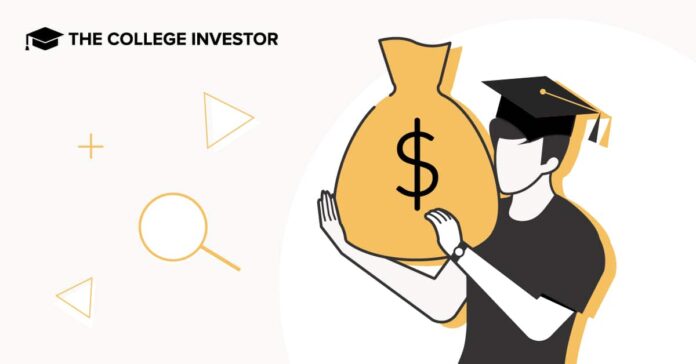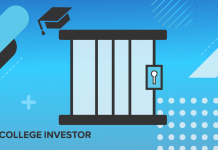Source: The College Investor
- Debt Relief Impact: 61% of borrowers who received student loan debt relief reported a significant positive impact on their lives, including better financial and personal decision-making.
- Standard Repayment Dominance: Nearly 42% of borrowers have only ever used the standard repayment plan, with many unaware of options like income-driven repayment (IDR) that could lower their payments.
- Access and Awareness Gaps: Borrowers report issues accessing information and assistance with repayment plans, with 45% facing challenges enrolling in or using IDR plans.
The Consumer Financial Protection Bureau (CFPB) just released the results from it’s first Student Loan Borrower Survey. The report underscores that many Americans face challenges with student loan repayment, but that debt relief programs have provided positive changes.
Conducted as the federal student loan payment pause ended, the survey provides insights into the experiences of borrowers transitioning back to repayment.
The CFPB’s findings point to three primary challenges: a significant portion of borrowers continue to struggle with loan repayment, a lack of awareness regarding alternative repayment plans, and barriers to accessing existing support programs.
Positive Impacts Of Student Debt Relief
According to the survey, 61% of borrowers who received some form of debt relief reported experiencing positive life changes. Many used the relief to tackle other financial obligations, invest in their future, or make personal life choices they had postponed due to financial constraints.
Nearly half of these borrowers had household incomes below the national median, emphasizing the benefit of targeted support for lower-income borrowers.
CFPB Director Rohit Chopra highlighted the role of debt relief as “a lifeline for many borrowers,” enabling them to make essential life decisions with greater financial stability. The data indicates that debt relief has allowed borrowers to shift priorities, ranging from paying off other debts to investing in their families and careers.
Standard Repayment Plan Trap
While options like income-driven repayment (IDR) exist to help borrowers lower their monthly payments, nearly 42% of borrowers surveyed reported only ever being enrolled in the standard repayment plan. Many expressed limited awareness of other options, including IDR. Among those using the standard plan, 31% were unaware of the possibility to switch to an alternative repayment planand 14% reported needing additional guidance to do so.
This aligns with our previous survey on student loan borrowers, which found that 34% were unaware of income-driven repayment plans.
This lack of knowledge represents a significant challenge, as borrowers in the standard repayment plan often face higher payments than they might with an income-based alternative. The report revealed that lower-income borrowers, who stand to benefit most from IDR, are among the least informed about their repayment options.
Barriers To Access And Assistance
For those who did attempt to explore their repayment options, 45% of borrowers reported difficulty in enrolling in or using IDR programs. These challenges range from technical issues during enrollment to understanding the paperwork requirements, which can lead to delays or enrollment abandonment.
As a result, some borrowers end up missing out on potentially life-changing benefits due to procedural barriers.
Additionally, the report highlighted disparities in borrowers’ experiences by demographic. Black and Hispanic borrowers, as well as those who attended for-profit institutions, were more likely to face difficulties and experience financial hardship due to student loan debt.
Next Steps
The end of the student loan payment pause has amplified the financial stress of millions, underscoring the importance of accessible repayment options and meaningful relief measures. The CFPB’s findings shed light on the complexities of student debt in the U.S. and point toward a critical need for system improvements that can prevent borrowers from falling through the cracks.
As borrowers resume their payments, the CFPB’s recommendations will hopefully prompt both federal and state agencies (along with loan servicers) to reassess and enhance borrower support services.
Ensuring that information on student loan repayment options is both clear and readily accessible needs to be a top priority.
Don’t Miss These Other Stories:
Will The SAVE Plan Survive Legal Challenges?
Average Student Loan Debt By State In 2024
Student Loan Servicer Errors Leave Borrowers Scrambling
Create your very own Auto Publish News/Blog Site and Earn Passive Income in Just 4 Easy Steps







